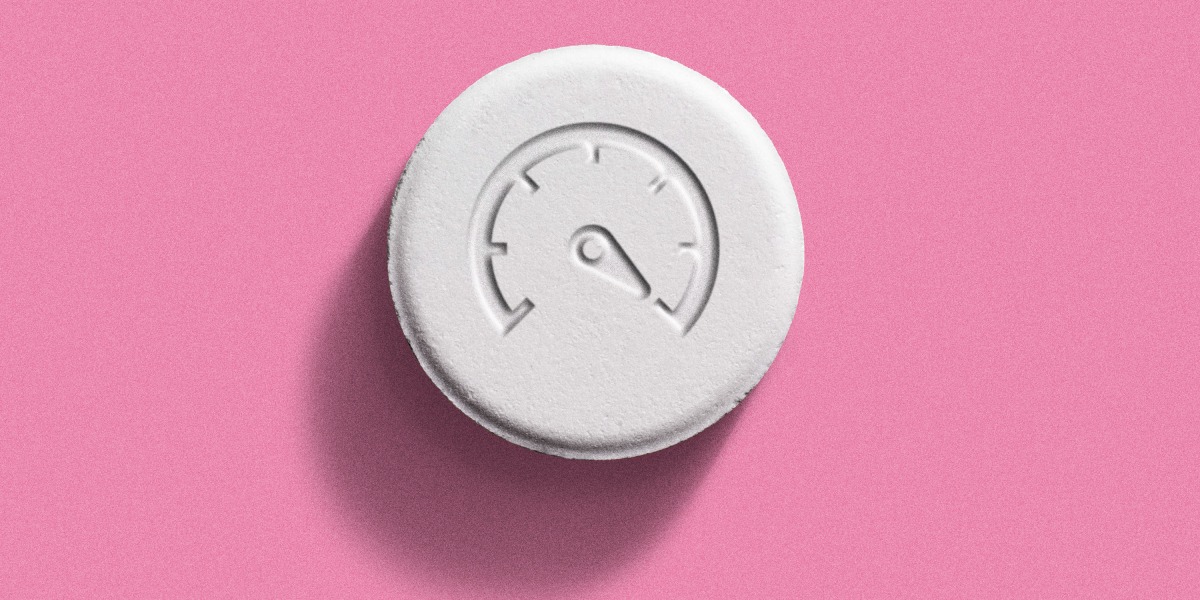
Today, on average, it takes more than 10 years and billions of dollars to develop a new drug. The vision is to use AI to make drug discovery faster and cheaper. By predicting how potential drugs might behave in the body and discarding dead-end compounds before they leave the computer, machine-learning models can cut down on the need for painstaking lab work.
And there is always a need for new drugs, says Adityo Prakash, CEO of the California-based drug company Verseon: “There are still too many diseases we can’t treat or can only treat with three-mile-long lists of side effects.”
Now, new labs are being built around the world. Last year Exscientia opened a new research center in Vienna; in February, Insilico Medicine, a drug discovery firm based in Hong Kong, opened a large new lab in Abu Dhabi. All told, around two dozen drugs (and counting) that were developed with the assistance of AI are now in or entering clinical trials.
“If somebody tells you they can perfectly predict which drug molecule can get through the gut … they probably also have land to sell you on Mars.”
Adityo Prakash, CEO of Verseon
We’re seeing this uptick in activity and investment because increasing automation in the pharmaceutical industry has started to produce enough chemical and biological data to train good machine-learning models, explains Sean McClain, founder and CEO of Absci, a firm based in Vancouver, Washington, that uses AI to search through billions of potential drug designs. “Now is the time,” McClain says. “We’re going to see huge transformation in this industry over the next five years.”
Yet it is still early days for AI drug discovery. There are a lot of AI companies making claims they can’t back up, says Prakash: “If somebody tells you they can perfectly predict which drug molecule can get through the gut or not get broken up by the liver, things like that, they probably also have land to sell you on Mars.”
And the technology is not a panacea: experiments on cells and tissues in the lab and tests in humans—the slowest and most expensive parts of the development process—cannot be cut out entirely. “It’s saving us a lot of time. It’s already doing a lot of the steps that we used to do by hand,” says Luisa Salter-Cid, chief scientific officer at Pioneering Medicines, part of the startup incubator Flagship Pioneering in Cambridge, Massachusetts. “But the ultimate validation needs to be done in the lab.” Still, AI is already changing how drugs are being made. It could be a few years yet before the first drugs designed with the help of AI hit the market, but the technology is set to shake up the pharma industry, from the earliest stages of drug design to the final approval process.
The basic steps involved in developing a new drug from scratch haven’t changed much. First, pick a target in the body that the drug will interact with, such as a protein; then design a molecule that will do something to that target, such as change how it works or shut it down. Next, make that molecule in a lab and check that it actually does what it was designed to do (and nothing else); and finally, test it in humans to see if it is both safe and effective.
For decades chemists have screened candidate drugs by putting samples of the desired target into lots of little compartments in a lab, adding different molecules, and watching for a reaction. Then they repeat this process many times, tweaking the structure of the candidate drug molecules—swapping out this atom for that one—and so on. Automation has sped things up, but the core process of trial and error is unavoidable.
